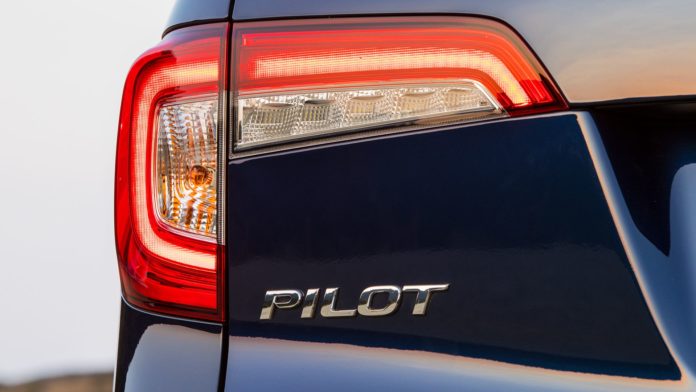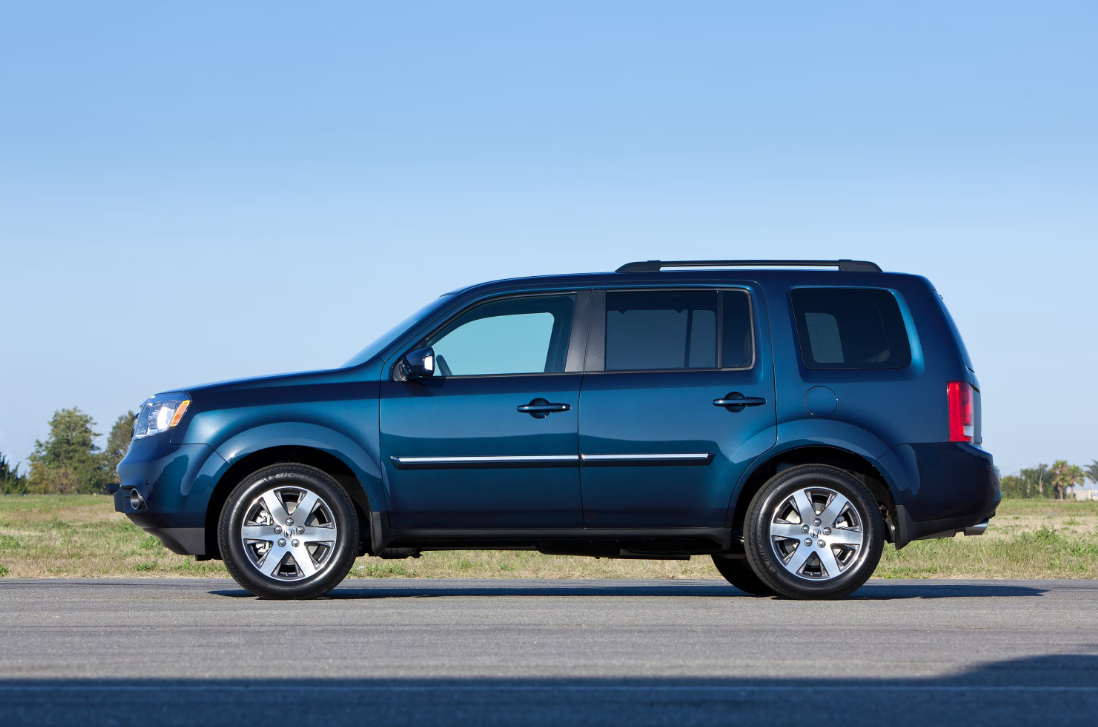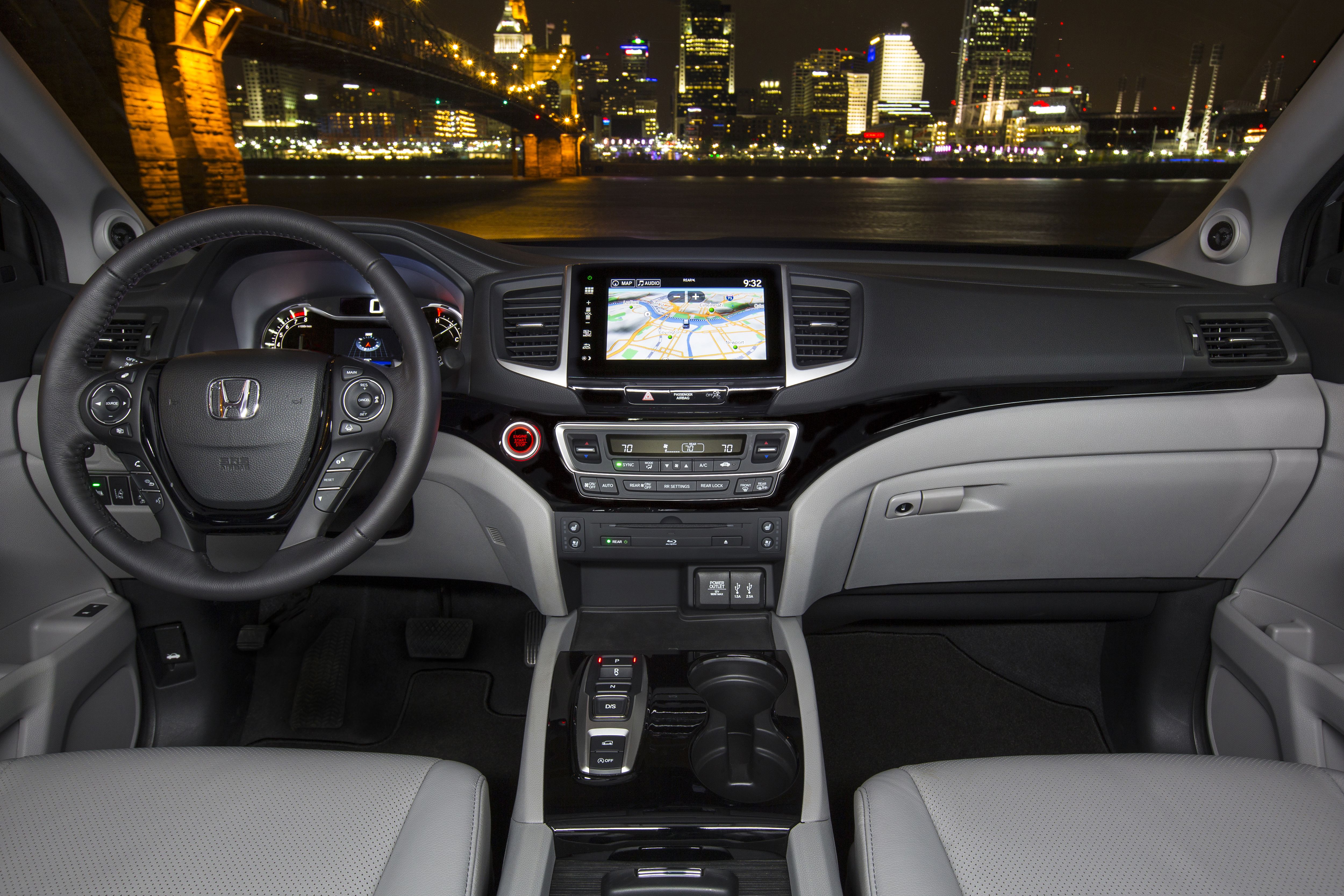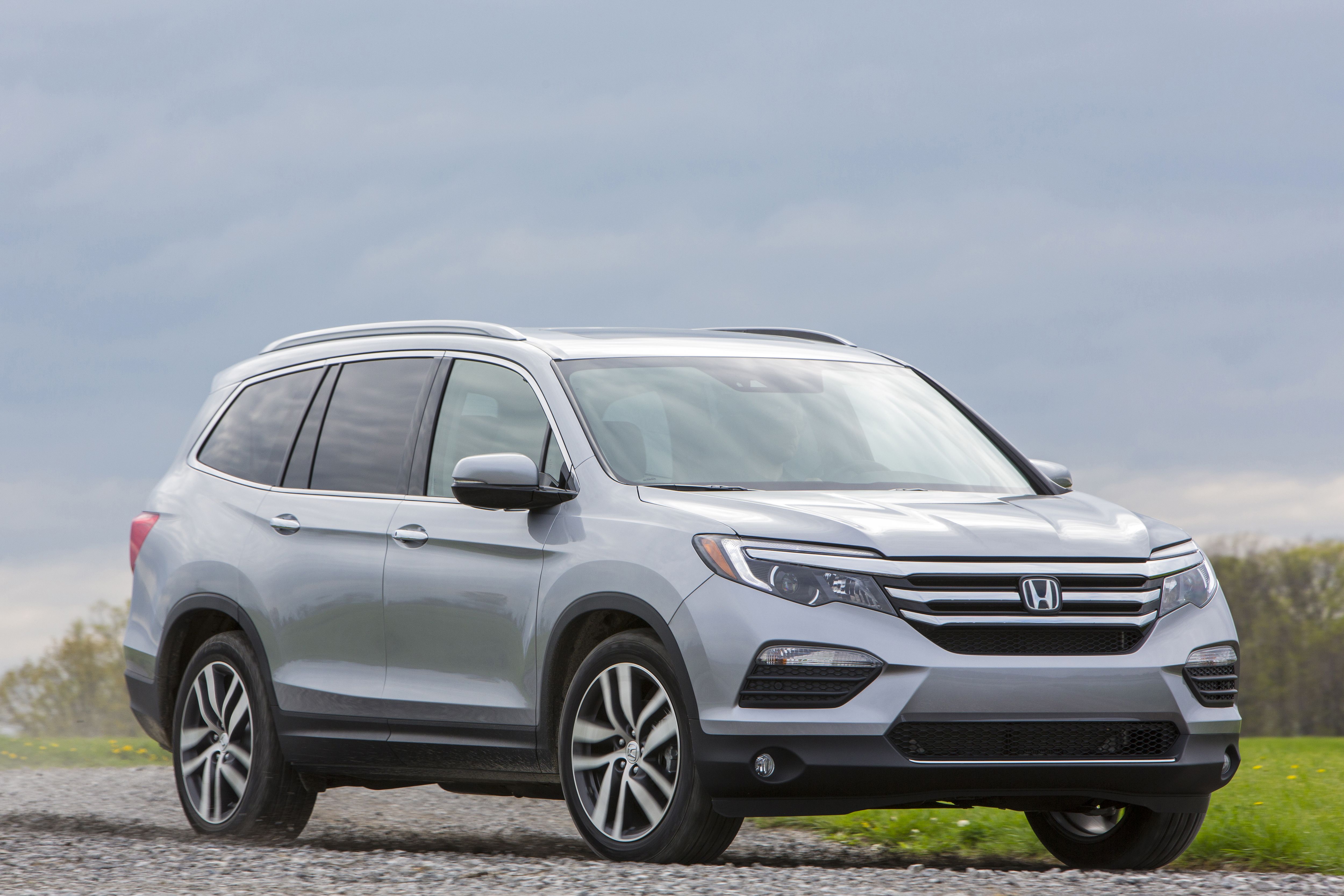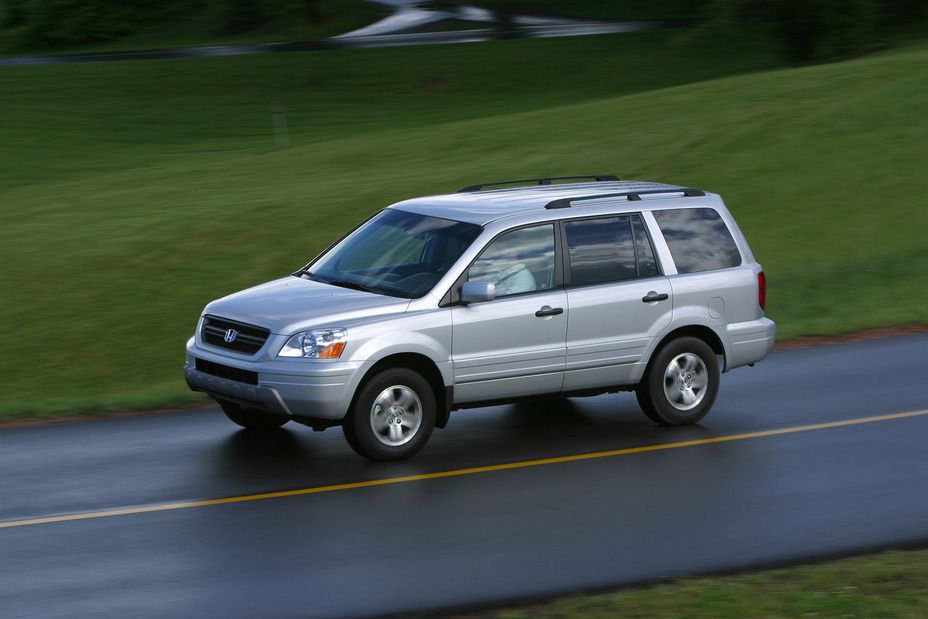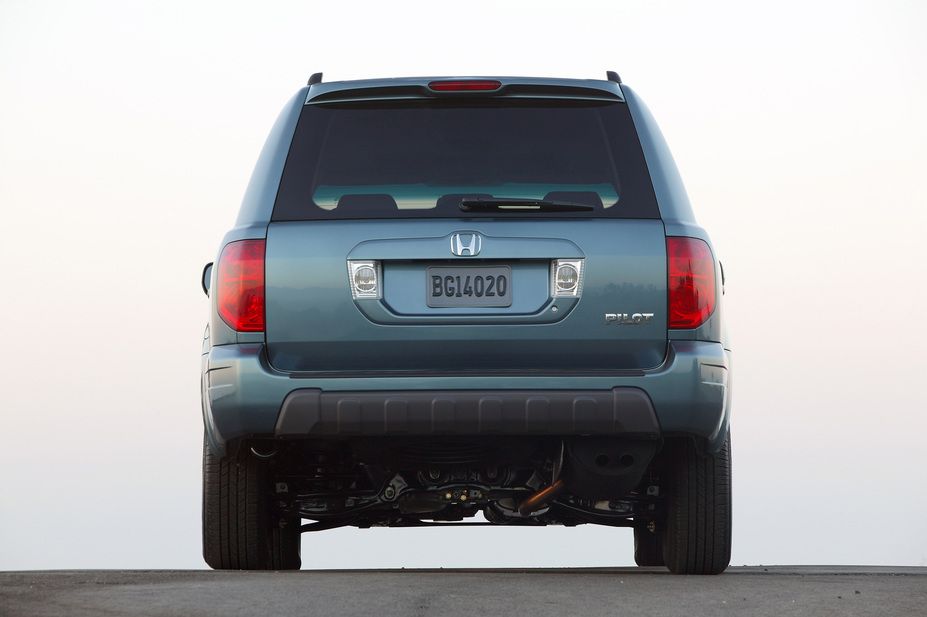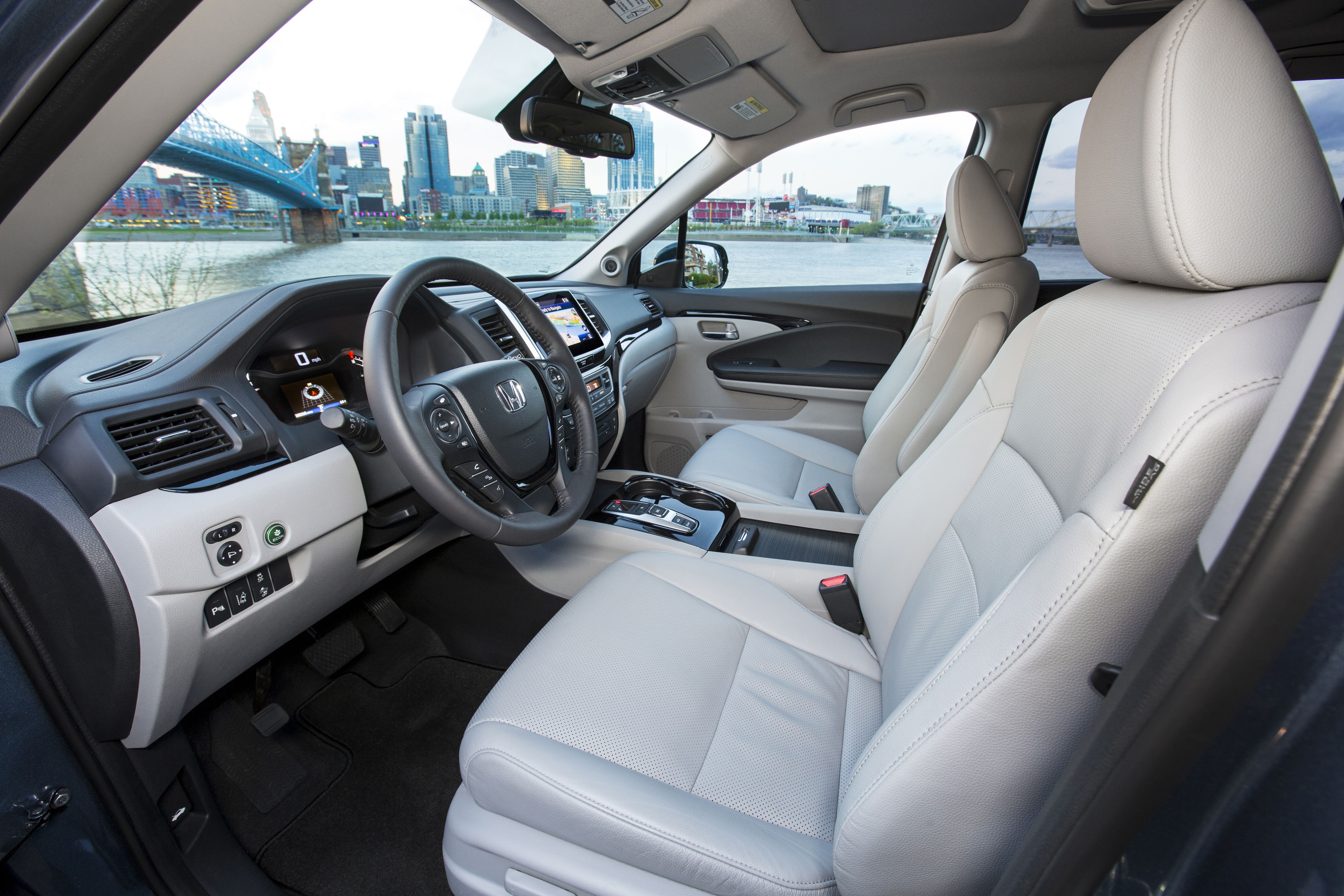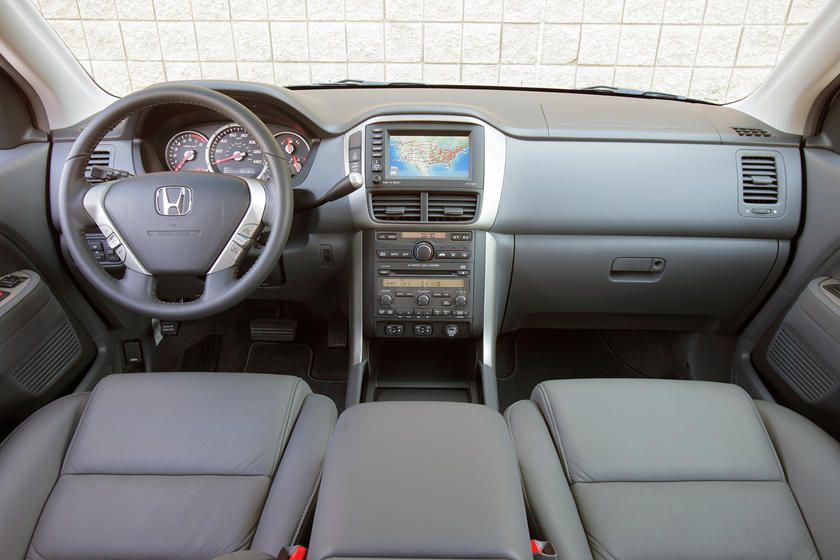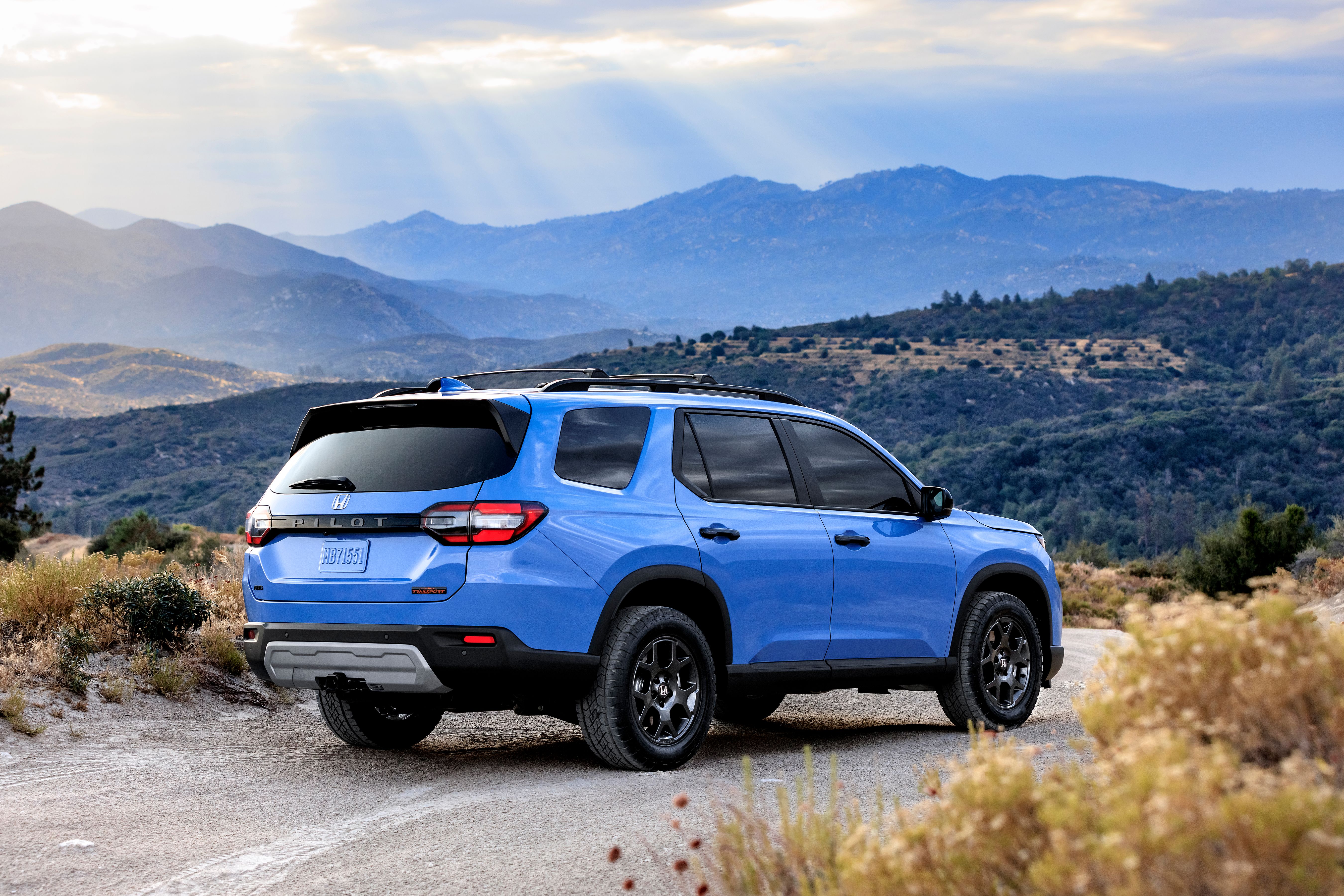With its conservative styling and spacious three-row interior, the Honda Pilot caters to an audience far removed from the Type R brigade. Pilot buyers place greater emphasis on a reliable family steed that will keep everyone comfortable and won’t break down on cross-country road trips. The Pilot has generally fulfilled this brief, but as with any nameplate that’s been around for over two decades, some model years are better than others. By scouring through recall data and complaints by model year, let’s dig into the best and worst of the Honda Pilot.
2024 Honda Pilot
- Base MSRP
-
$37,090
- Engine
-
3.5L V6 Gas
- Transmission
-
10-speed automatic
- Horsepower
-
285 hp
- Drivetrain
-
FWD or AWD
- Torque
-
262 lb-ft
- Fuel Economy
-
19/27 MPG
- Towing Capacity
-
3,500 lbs – 5,000 lbs
Honda Pilot History
Introduced in 2002 for the 2003 model year, the first-generation Honda Pilot was a mid-sized crossover that replaced the older Passport. These earlier Passports were based on the Isuzu Rodeo and had more rugged body-on-frame construction. In contrast, the Pilot arrived with unibody construction that made it much more comfortable to drive. The Pilot also gave Honda a more practical crossover positioned above the popular CR-V.
The second-gen Pilot arrived in 2008 and ushered in a more butch appearance and a more powerful V6 engine. Buyers liked it, with 2009 being the Pilot’s best sales year ever. Another complete restyle came with the third-gen Pilot in 2015, which was also much more aerodynamic. Its interior drew inspiration from the Odyssey minivan, and despite tighter exterior dimensions, this Pilot was more spacious inside.
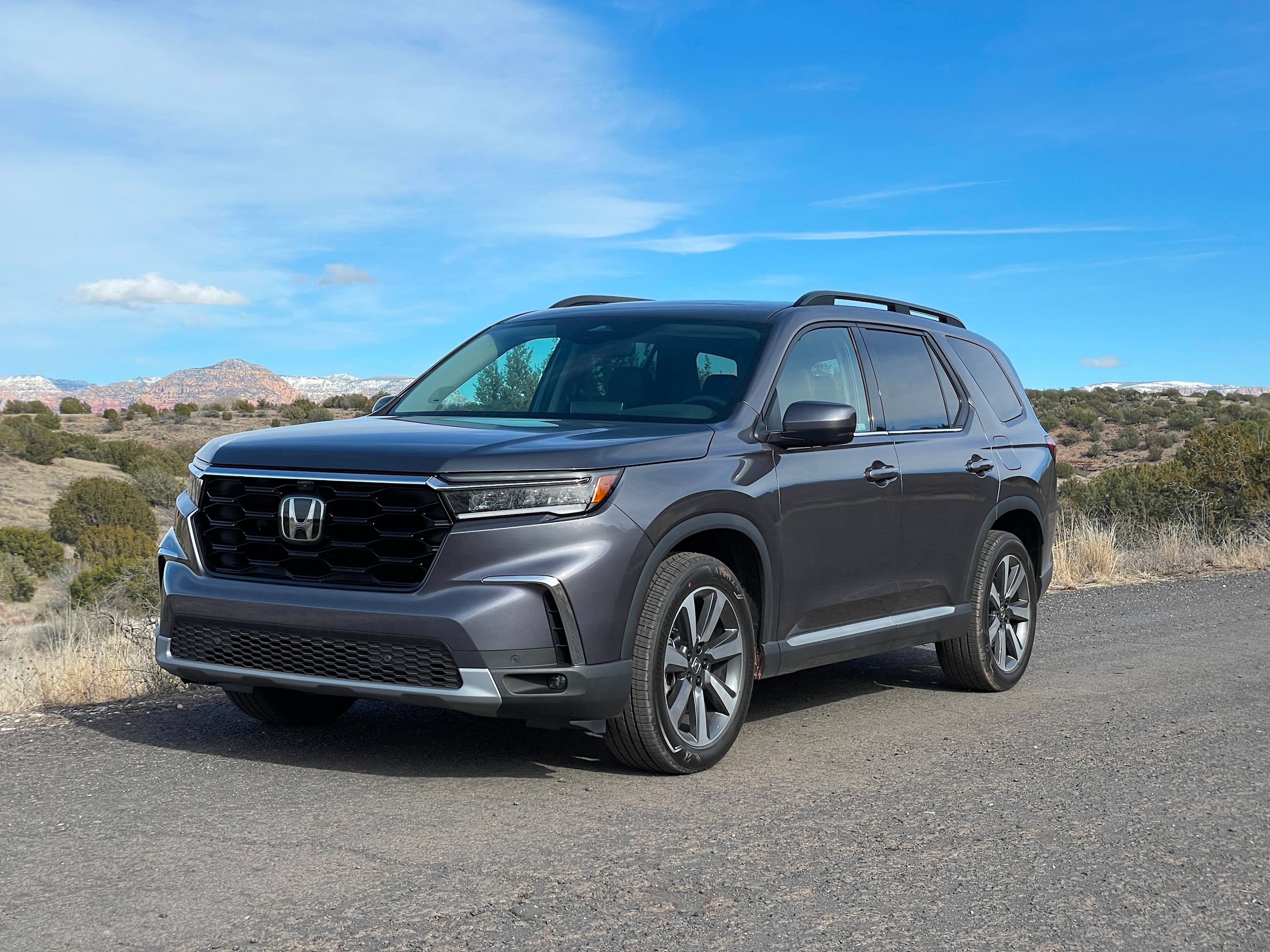
Related
Honda Pilot Generations: Everything You Need To Know In One Place
The latest variation of Honda’s three-row SUV is more accomplished than ever and now even includes a rugged off-road-biased trim.
The all-new, fourth-gen Pilot arrived late in 2022, this time with a new TrailSport variant for adventure-seekers.
Honda has stuck with naturally aspirated V6 power since the Pilot first arrived on the scene, although the automatic transmissions have evolved from simpler five-speed units initially to a ten-speed setup today.
The Pilot has topped at least 100,000 sales in the USA in 20 of the 22 years it has been on sale. The only exceptions were in 2002 (its launch year – meaning it wasn’t on sale for a full calendar year) and 2022 (when sales dipped to 99,567 units ahead of the fourth-gen model’s arrival).
|
Honda Pilot |
1st Gen |
2nd Gen |
3rd Gen |
4th Gen |
|---|---|---|---|---|
|
Model Years |
2003 – 2008 |
2009 – 2015 |
2016 – 2022 |
2023 – present |
|
Engine |
3.5-liter V6 |
3.5-liter V6 |
3.5-liter V6 |
3.5-liter V6 |
|
Horsepower |
240 – 255 hp |
250 hp |
280 hp |
285 hp |
|
Transmission |
Five-speed automatic |
Five-speed automatic |
Six- or nine-speed automatic |
Ten-speed automatic |
Identifying The Most Reliable Honda Pilot Models
We consulted resources like Cars Complaints and the National Highway Traffic Safety Administration (NHTSA) to separate the most reliable Pilots from the rest. While recalls tell one side of the story, the number of consumer complaints is often more telling. This is because some common and frustrating vehicle issues aren’t necessarily serious enough to warrant a recall, but they can significantly taint the ownership experience.
With all that being said, these are the Honda Pilot model years you should prioritize if you’re looking to buy one.
The Best Honda Pilot Model Years
If you want the most trouble-free Pilot you can buy, you can obviously go for a new or almost-new model. But reliability data on these won’t be available yet, so we’re going to look beyond more recent Pilots to find out which ones are the safest bets. All our assessed models are at least five years old, giving us sufficient time to find out if there are any major gremlins to be aware of.
2015 Honda Pilot
The 2015 Pilot was the last model year of the second-generation model. While most buyers prefer to wait it out for the latest model, buying a vehicle late in its life cycle often means that most of the kinks have been ironed out.
The 2015 Pilot has 84 total complaints on the NHTSA and 43 on Car Complaints, far fewer than the average for all Pilots. Its three recalls all had to do with Takata-related airbag issues, affecting millions of vehicles across many mainstream brands.
This Pilot has a solid 79 out of 100 quality and reliability score from J.D. Power. Its rugged styling makes it one of the more distinctive Pilots, the V6 has up to 250 horsepower, and despite its age, it comes with modern conveniences like a touchscreen interface and Bluetooth.
2014 Honda Pilot
The 2014 Pilot isn’t far behind the 2015 version, with the same airbag-related recalls and a few more complaints. Interestingly, it has a higher J.D. Power quality and reliability rating of 84/100. Without any major changes between these two model years, we can expect similar dependability from them.
2008 Honda Pilot
Considering its age, the 2008 Pilot has a comparably low number of complaints on the NHTSA and Car Complaints. This was the last model year for the first generation, and appears much less troublesome than earlier Pilots. This Pilot benefited from a new V6 engine that was introduced for the 2005 model year, when Honda also refined the five-speed transmission’s shifts; transmission faults were fairly common for many Pilots through the years. A J.D. Power quality and reliability rating of 85 out of 100 bodes well for the 2008 Pilot.
Our main recommendation if looking for a 2008 Pilot is to check that it has been assessed for the multiple airbag recalls it faced. You can pick up a used example for under $10,000, but finding one with under 100,000 miles will take a bit more effort.
Third-Gen Pilot: Not All Are Made Equal
If you must have a more modern, third-gen Pilot, you should skip the 2016 model altogether – we’ll explain why later. Car Complaints demonstrates significantly fewer complaints for the 2018 Pilot than for the 2016-2017 models. We also recommend the six-speed automatic transmission that was available until the 2021 model year, since the nine-speed unit that replaced it had all kinds of issues that led to a class action lawsuit.
All things considered, the 2018 Pilot with the six-speed automatic seems to be the safest pick from the third-gen model.
|
Most Dependable Honda Pilot Model Years |
Generation |
|---|---|
|
2015 |
Second Gen |
|
2014 |
Second Gen |
|
2008 |
First Gen |
|
2018 (with six-speed automatic) |
Third Gen |
Honda Pilot Model Years To Avoid
2016 Honda Pilot
For the 2016 model year, the third-generation Pilot made its introduction. Although it was a much-improved crossover, this model received 1,171 complaints, according to the NHTSA, more than any other model year by far. According to Car Complaints, it’s the second-most troublesome Pilot after the 2003 model. Finally, J.D. Power’s quality and reliability rating for the 2016 Pilot is 74 out of 100, well below similar vehicles like the Toyota Highlander and Dodge Durango.
The NHTSA reports that the electrical system and engine were the leading issues resulting in consumer complaints. Issues with the keyless start system and radio were prevalent, with several owners being unable to start their cars. Mechanically, one of the major recalls for the 2016 model involved almost 250,000 Pilots. These were recalled for engines that could suffer connecting rod bearing wear, leading to catastrophic engine damage. Some owners were quoted over $10k for a replacement engine, and several complained that their 2016 models were not part of the recall despite suffering the same issue.
In a recall notice, Honda says the issue is a “manufacturing defect of the engine crankshaft.” Atypical engine noises, decreased power, and engine stalling are all potential signs.
Considering all of this, along with the class action lawsuit for the nine-speed automatic, and the 2016 Pilot does not live up to Honda’s generally stellar reputation for dependability.
2003 Honda Pilot
The first model year of the Pilot, these vehicles are now over 20 years old. A totally new model for the Honda brand at the time, perhaps it’s no surprise that the first Pilot has accumulated its fair share of complaints. It has 738 complaints from the NHTSA and is rated by Car Complaints as the worst model year for the Pilot overall. And, with 14 recalls, it’s also one of the most recalled Pilots ever.
According to Car Complaints, transmission failure and ignition switch problems have often shown up when the 2003 Pilot reaches around 100,000 miles. A typical repair cost of $3,470 for the transmission is listed. Considering that many early Pilots sell for under $10k these days, you should check the history of the auto transmission of the model you want to buy, as a replacement could end up being a huge chunk of the car’s value.
The powertrain drew the most complaints on the NHTSA, many of which were for jerky shifts or slipping gears.
If you’re concerned about safety, this Pilot was implicated in recalls related to the widespread Takata airbag debacle. If you spot a 2003 Pilot you want, it would be wise to check if it’s been assessed for airbag repairs.
2005 Honda Pilot
Still part of the first-generation Pilot, Honda could not resolve the vehicle’s transmission issues. Multiple cases of transmission fluid leaking into the radiator were reported, requiring fixes like a radiator replacement and/or transmission flush. This problem typically happens at around 120,000 miles and can cost over $2,000 to resolve. One customer had to rebuild their transmission and replace the radiator at a combined cost of around $5k, although it’s not clear what this vehicle’s mileage was.
The 2005 Pilot has 15 recalls (the most of any Pilot) and 673 complaints on the NHTSA’s site. Most of these recalls pertained to problematic airbags; the inflator could rupture, releasing metal fragments that could cause injury or death. At the time of writing, two airbag investigations were still ongoing.
2017 Honda Pilot
As the second model year of the third-gen Pilot, this one improved on the 2016 model, but still has its fair share of complaints. The NHTSA lists 609 complaints for the 2017 Pilot, with the engine (296 complaints), electrical system (212), and powertrain (84) on record for the most issues.
As with the 2016 Pilot, the 2017 version continued to suffer from transmission issues, including rough shifts. In some cases, customers had to have their transmissions replaced. The start/stop system was another problem area, with some Pilots failing to restart after coming to a stop, which can be a hazard in certain situations.
Of the two recalls, both were quite concerning. Over 700,000 Pilots, Passports, and Ridgelines were recalled for a hood that could fly open when driving. The 2017 Pilot was also implicated in a fuel pump failure recall.
|
Honda Pilot Complaints (NHTSA) |
Model Year |
|---|---|
|
1,171 |
2016 |
|
738 |
2003 |
|
673 |
2005 |
|
609 |
2017 |
|
539 |
2004 |
|
<500 |
All other model years |
Open Investigations
At the time of writing, a few open investigations still affected certain Honda Pilot model years. Here’s what you need to know.
Desiccated Airbag Inflator Rupture
Applicable to the 2005 Pilot, this investigation forms part of the Takata airbag recall. Multiple models from various manufacturers were affected, since cars produced between 2000 and 2017 were fitted with these airbags.
Prolonged exposure to high temperatures and humidity can cause some airbag inflators to rupture during deployment, with severe or fatal injuries to occupants a possibility.
A second investigation – airbag inflator rupture – also affects 2003-2007 Pilots.
No Restart After Auto Start/Stop Engages
This was covered above and concerns more modern Pilots equipped with automatic stop/start. After stopping at a traffic light/intersection and coming to a stop, the car automatically switches off but fails to restart. On the 2018 Pilot, the more expensive Touring and Elite models are equipped with this feature, so are affected. However, 2016, 2017, 2019, and 2020 models are also affected.
Summary: A Solid SUV, But Shop Carefully
In a study of long-lasting cars most likely to reach 250,000 miles, the Honda Pilot emerged as the third-best SUV, ranked only behind the Toyota Land Cruiser and Toyota Sequoia. Despite the issues we’ve covered here, it’s obvious that any Pilot is still a sturdy, dependable vehicle that has the potential to outlast most rivals. As we found in our review of the best and worst Honda Civics – considered to be a highly reliable car – no single nameplate is perfect.
The last of the first- and second-gen Pilot model years look to be the most reliable, but it helps to find one with lower miles if you can. By contrast, early first- and third-generation models are the most problematic, especially the 2016 model with its mass of complaints. It’s a pity that there are so many transmission complaints for the Pilot, as this is hardly a quick or inexpensive fix.
If you do decide to buy an older Pilot, make sure you thoroughly investigate any recalls or examine whether known issues were addressed before taking ownership.

